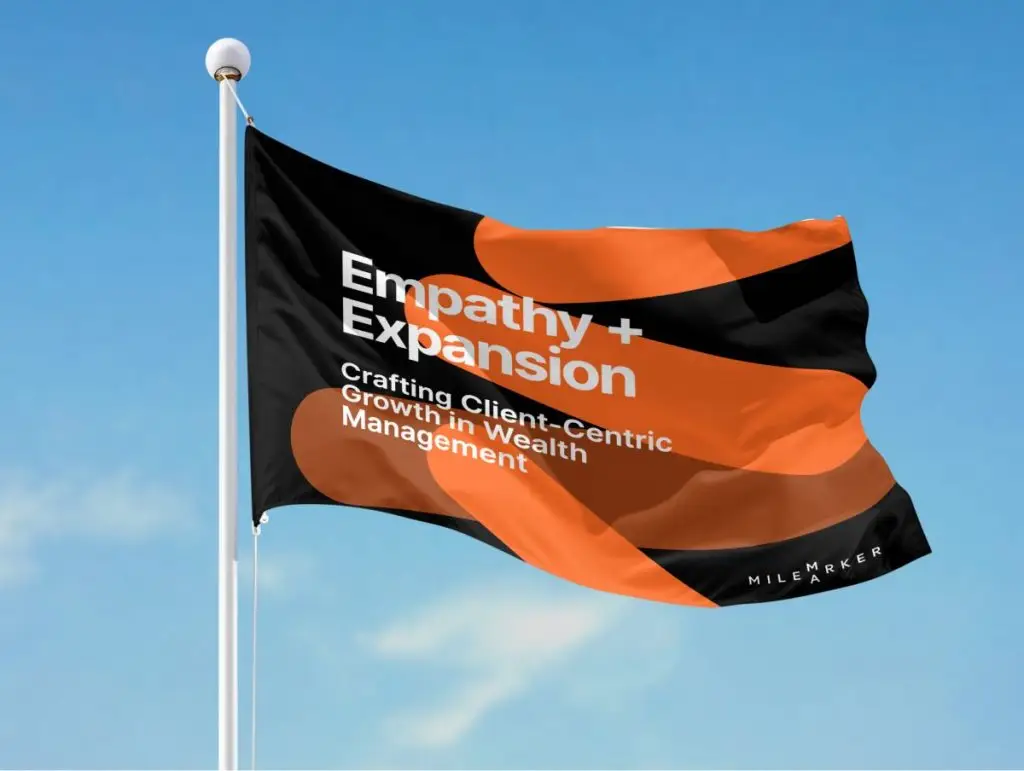Client-Centric Growth: Empathy & Expansion in Wealth Management

Last week, I shared my frustrating experience as a T-Mobile customer and how it got me thinking about client experience in our own firms.
This week, I want to dive a little bit deeper into process empathy and the themes we can apply to all of our businesses across the wealth management industry.
Empathy is essential to our processes. When applied into a feedback cycle it can become foundational to improving experience and connection in our work.
In medicine, this process is termed the ‘empathy cycle.’ It’s a process of continual relational deepening that happens between a patient and a doctor. Doctors have to first recognize the patient as a fellow human being and work to develop a sense of fraternity.1
Of course, that’s not how all doctors deal with patients. You can probably recall a time when a healthcare provider did not attempt to enter this cycle with you, which is exactly why the idea of an empathy cycle needed to be studied, codified and taught.
I’m certain that many of you reading this are well-acquainted with the concept of empathy — you’ve built thriving practices that have evolved into businesses, and in some cases, even enterprises.
That sort of feat is impossible to do without genuinely understanding and caring about your client’s wants and needs.
The problem is that empathy and scale are often at odds, especially if they’re not carefully managed.
In many ways, larger RIA’s are battling their own T-Mobile-esque retail experiences.
They are working to find ways for their systems and employees to implement an empathy cycle for their client experiences.
Here are a few tips on how to approach this.
1. As a leader in your firm, you need to window-shop your experience.
1. Call one client a week and ask
A) how they’re doing?
B) how your team meeting their needs and expectations?
2. Inspire your team with the best stories of client experiences.
1. Inspiration doesn’t come by comparing yourself versus client care at Wells Fargo or Morgan Stanley. You may have started in that world, but those companies have never been the pinnacle of client empathy or experience. It’s often much more helpful to model off of hospitality industries versus peer organizations. While we can certainly learn from one another, inspiration often arises from a more transformational example of experience.
2. If you have people who are sitting in the lanes of your client experience who don’t actually care about your clients, you need to set them free. Don’t wait.
3. We need to be able to label each step of your experience and make sure that key team members know where each client is in the process.
1. Ideally, we should be able to close our eyes and visualize where any given client is within our process. That’s harder to do when our processes aren’t clear.
2. Work to understand the average amount of time each step takes in the process for each persona your firm serves. Right size your expectations and then communicated, coached, and collaborate with your team around opportunities to scale.
Here’s hoping your client processes are documented and that you and your team are making continued strides toward delivering an increasingly empathetic client experience.
